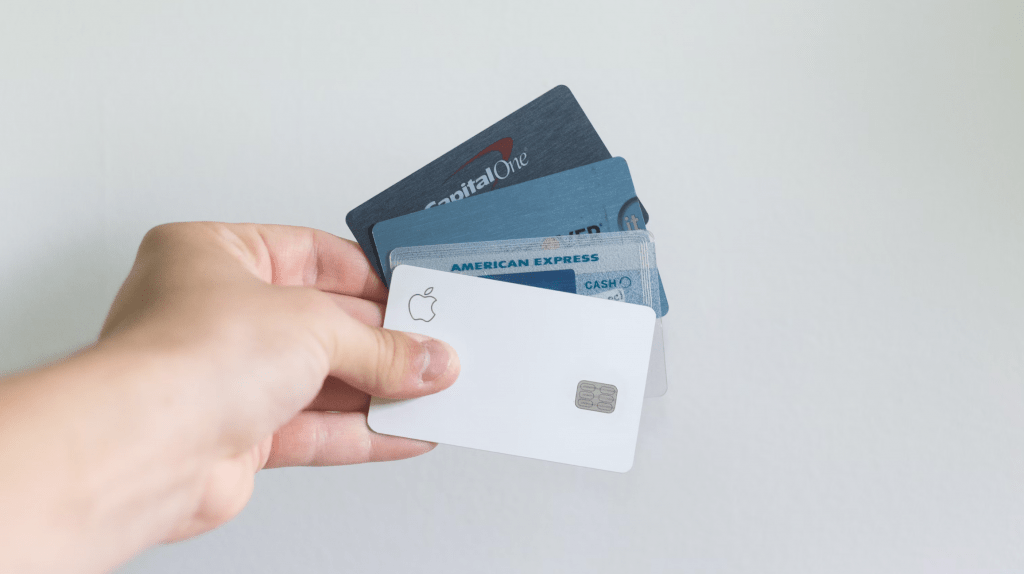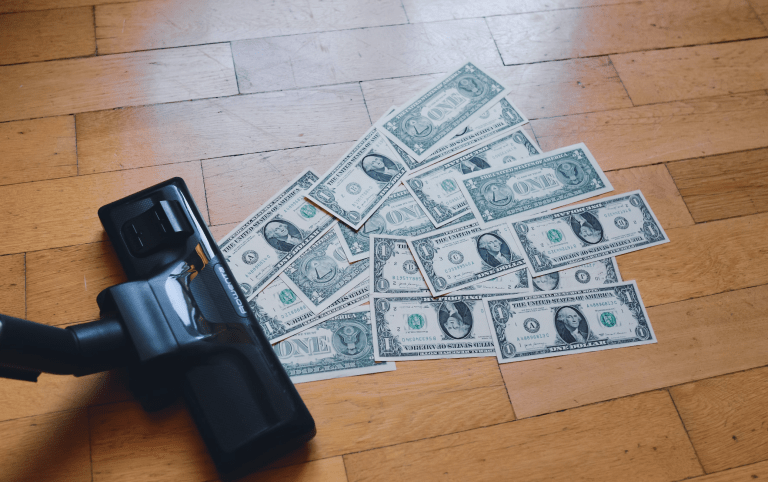Losing your home to foreclosure is devastating, and it also has severe indirect financial consequences.
Foreclosure can lead to a decline of your credit score by 100 to 200 points, a major chunk of which kicks in within the first two or three months of defaulting on your mortgage. The foreclosure remains a red flag on your credit report for up to seven years, discouraging potential creditors.
However, you don’t need to wait for seven years to start rebuilding your credit. If you take action swiftly after foreclosure, you can witness your score gradually improve within months and make substantial gains shortly thereafter.
Rebuilding Your Credit after Foreclosure: A Step-by-Step Guide
Though credit rehabilitation might not top your list of priorities immediately after losing your home, initiating the process as soon as possible is beneficial. The road to recovery starts with an honest assessment of your current credit status, which helps devise an efficient plan to revive it.
1. Examine Your Credit Report
Start by obtaining your credit report and reviewing it thoroughly. A self-credit check doesn’t decrease your credit score unlike a lender’s credit check while applying for a loan. You are legally entitled to three free annual credit reports, one each from Experian, Equifax, and TransUnion. Check all three reports during or just after foreclosure, taking a few months’ gap between each.

During the review, focus on elements that may be pulling down your credit score:
Reporting mistakes. Errors occasionally occur when lenders report account details to credit bureaus, which can adversely impact your credit. Flag these issues with the bureau to rectify them.Unrecognized accounts. If there are accounts that you did not apply for, your identity could have been stolen. Treat this as a credit emergency, lock your credit to avoid further damage, and contest the fraudulent account.Outstanding balances and overdue accounts. Note the legitimate accounts that you’ve overlooked or lagged in payments. Make settling these past-due amounts a priority to lighten their strain on your credit.
2. Pay On Time
Payment history serves as the critical factor in your credit score, forming 35% of the FICO and VantageScore computation. Therefore, alongside settling overdue debts, timely payments on your current accounts should be your foremost credit-repair objective.
The impact of punctual credit payments may not be immediately apparent. However, consistent on-time payments boost your credit score gradually, resembling a tailwind that propels your score upwards as you fulfill your financial commitments.

3. Obtain New Credit Lines
Around your eviction and foreclosure sale, finding favorable terms for new credit might be challenging, especially if your credit was healthy pre-foreclosure. The blow from foreclosure intensifies for individuals with higher credit scores.
Regardless, you’re likely to qualify for credit products designed for individuals with damaged credit:
Secured credit cards demand an initial deposit, which the issuer can claim if you default on your bills.Credit-builder credit cards and loans function like loans from an intermediary that reports the account details and your payment history to the credit bureaus.
Unsecured credit cards for poor credit do not require a security deposit but usually offer low credit limits with high-interest rates.
Although getting new credit lines doesn’t instantaneously bolster your credit score, they indicate responsible usage over time.
4. Maintain Low Credit Utilization
Credit utilization significantly influences credit scoring, forming 30% of your FICO score calculation.
Credit utilization ratio = Monthly revolving credit payments / Total revolving credit limit
Revolving credit refers to credit lines like credit cards and home equity lines of credit (inaccessible during and post-foreclosure). The equation incorporates your minimum mandatory payment, not the actual amount you pay. A high utilization ratio signals to lenders that you’re struggling to meet your bills from your current income. Lenders usually prefer credit utilization ratios below 30%.
Applying for new credit accounts can reduce your credit utilization ratio post-foreclosure but avoid applying for too many within a short span. Your first priority should be to remain within your means and control your spendings on existing credit cards.
5. Limit Credit Applications
While applying for multiple accounts may seem like an instant remedy to decrease your credit utilization ratio, it can pose risks. Overzealous credit applications affect new credit and the length of credit history, which together contribute to 25% of your FICO score calculation.
Applying for numerous new accounts can momentarily harm your credit score. Even a slight dip can affect your ability to qualify for advantageous terms on new credit accounts. Certain credit card issuers refuse new accounts for clients who’ve applied for multiple credit cards recently, regardless of their credit score.

6.Diversify Your Credit Portfolio
Your credit mix constitutes different types of credit accounts under your name. Lenders appreciate a diverse blend of revolving and installment accounts. So, post-foreclosure, if your credit portfolio is light on installment loans and credit card-heavy, consider a credit-builder loan instead of a secured credit card.
Although a diversified credit portfolio contributes only 10% to your FICO score, it can help lessen the negative impact of applying for new accounts post-foreclosure.
7. Settle Outstanding Debts
Clearing outstanding debt, particularly high-interest ones, is beneficial not just for your budget but also for reducing your credit utilization ratio and over time, enhancing your credit score.
To swiftly manage your debts post-foreclosure, you could:
Cease non-emergency expenditures on your credit cards.Restrict your household costs, prioritizing unnecessary purchases.Transfer existing high-interest balances to new accounts with 0% introductory APRs, if you’re eligible.Explore ways to boost your income.Adopt systematic methods for paying down high-interest, high-balance debts.Allot as much surplus cash to your debts, including one-off windfalls like your annual tax refund.
8. Utilize Responsible Credit Monitoring Tools
Monitor your credit closely while rehabilitating it. You’re entitled to three annual credit reports by law, utilize them and also examine your credit reports periodically.
Enroll in free credit monitoring services offered by credit reporting bureaus and your credit card companies. These provide insights about your credit status, helping you to make more informed decisions about applying for and utilizing credit.













+ There are no comments
Add yours